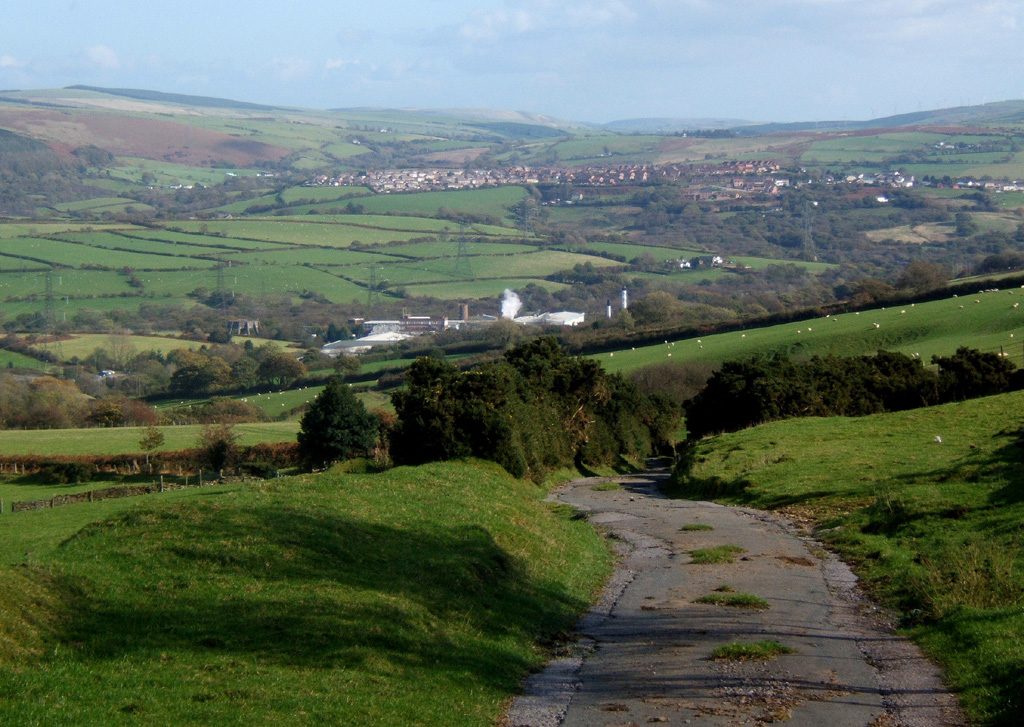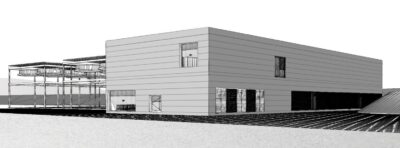Abandoned mine could provide geothermal heating to community in the UK
A British community is exploring the possibility using water from abandoned mining operations for a partly geothermal heating network.
Heating becomes more and more a topic on this website, not just because it is a great example of utilising geothermal energy, but also because it could have such a tremendous impact for the local population. It not only could – in many countries – clean up the air, as it would replace fossil-fuel based heating, such as coal, but also provide a cheaper alternative. At the same time it expands the utilisation of geothermal beyond the traditional high-heat utilisation for power generation.
So with increasing heating costs, communities around the world are looking on how to find new sources and geothermal energy is an attractive solution. So it is not surprising that there are several areas in the world trying to utilize lower-heat sources from – among others – abandoned mining operations. With pumping water down that is then heated, it could provide some rather interesting and attractive case for district heating development. There are several projects in Germany, Canada and elsewhere that have been either been using or are looking into using hot water from abandoned mines. Now it seems a community in the UK is planning to see if it can derive water from underground mines to be used to provide cheaper heat for almost 1,000 homes in Bridgend county.
As the BBC reports, the “Bridgend council is investigating whether disused mines in Caerau, Llynfi Valley, could offer a geothermal source of energy.
The plans, which are in the early stages, would see water pumped through a network of pipes to heat homes, with potentially “huge” benefits, according to councillors. The county council is now conducting a feasibility study on the actual potential. The water from the mines has an average temperature of 10-14 centigrades and could be transported through pipes to a possible heating network. In combination with a biomass power station and the use of waste heat, the mine “could provide a natural heat source which could provide safe, continuous, and cost effective heat for a large number of local homes.”
Source: BBC


















